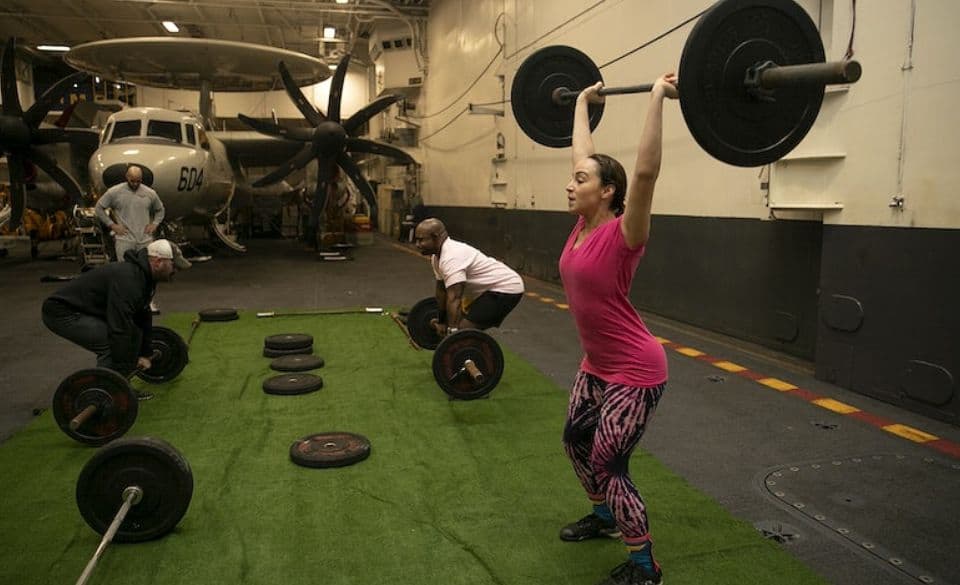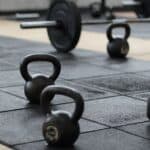
How To Start Weight Lifting In 2023 – The Ultimate Guide
Weightlifting is an excellent form of exercise for any individual looking to build strength, size, and overall health. It is also a great way to increase your self-esteem, look and feel better about yourself, and overall mental and physical wellbeing. This How to Guide to Weightlifting will provide you with the necessary information to get started on your weightlifting journey.
Before you start any form of exercise, it is important to consult your physician or a certified fitness trainer. This is especially true with weightlifting in order to get informed about any possible medical issues that could arise. Once you’ve consulted your physician and they’ve given you their okay to begin lifting weights, you can then begin the process of planning your weightlifting program.
A good starting point is to focus on the “big three” exercises; bench press, squats, and deadlifts. These exercises should become a staple in your routine. Primarily focus on learning proper form and technique for these three exercises. It is important to take your time and focus on learning the movements correctly. Doing so will help you avoid injuries and also enable you to get the most benefit from your weightlifting program.
You should also focus on performing exercises with a barbell as they are more effective than machines. Barbell exercises allow you to lift heavier weights and provide more range of motion. They also allow you to work different muscles at the same time and further increase the effectiveness of your workouts.
In addition to the basic exercises, you should also consider including accessory exercises in your routine. These exercises are performed with lighter weights and focus on specific muscle groups. This can be especially useful when looking to build strength and size in an area. Examples of accessory exercises include bicep curls, tricep extensions, and lateral raises.
It’s also important to focus on your nutrition as it plays a huge role in your ability to build strength and size. Good nutrition ensures your body has the necessary energy to perform intense workouts. It also helps to ensure muscles are properly nourished and able to recover from workouts. This includes eating a healthy balance of proteins, carbohydrates, and fats. It is also important to drink plenty of water throughout the day to ensure proper hydration.
Learning how to start Weightlifting does not end here. There are many other things to consider such as frequency of workouts, rest days, and other factors that contribute to your success. However, this guide provides you with the necessary information to get started on your weightlifting journey. With patience, dedication, and proper form, you can become a successful weightlifter and reap the many benefits of this form of exercise.
Before You Start Lifting Weights
If you’re looking to add strength training to your exercise routine, there are a few important steps to take before you start lifting weights. Weightlifting is an important form of exercise for building muscle and improving strength, but there are some important considerations to take into account before you start your weightlifting program.
First of all, it’s important to get a physical examination from your doctor or a qualified health professional to ensure that you are healthy enough to start weightlifting. A physical can help detect any underlying medical problems that should be addressed before you begin any kind of strenuous physical activity.
You’ll also want to develop a clear understanding of proper form and technique for the exercises you’re planning to do. This will help you get the most out of your weightlifting program and prevent you from getting injured. It’s also important to add weight gradually to your exercises and start with low-resistance weights.
Once you’ve gotten a physical and learned proper form, you’ll want to consider your goals for weightlifting. Do you want to build muscle? Increase strength? Both? Knowing what you want to accomplish will help you to create a weightlifting program that’s tailored to your individual needs.
Finally, it’s important to have realistic expectations. Weightlifting is a great way to build muscle and strength, but it takes time and commitment. Results won’t happen overnight, but if you stick with it, you’ll see progress over time.
Weightlifting is a great way to improve your health and fitness, but it’s important to take a few important steps before you start. Taking the time to get a physical, learn proper form, set realistic goals, and understand your own needs can help you get the most out of your weightlifting program and minimize your risk of injury.
How Many Days Should You Lift Weights Per Week?
Weightlifting is a great way to increase strength, endurance, and overall health. But how often should you lift weights per week? It ultimately depends on your individual fitness goals and lifestyle, but there are some general guidelines you can follow.
For beginners, it’s best to start with a total of two to three days of weight training per week. This allows your muscles time to rest and recover between workouts. Ideally, you would spread these days out so that you’re lifting weights on alternate days, or every other day. Beginners should focus on perfecting their form and technique, and should do low- to moderate-intensity exercises.
If you want to build strength and muscle mass, you should aim for three to four weight training sessions each week. You can do the same exercises for each session, or mix it up to keep your muscles guessing. Make sure you’re engaging all your muscle groups: chest, back, arms, shoulders, legs, and core.
If you’re an experienced weightlifter looking to maximize your gains, you can increase your workouts to five days per week. However, it’s vital that you rest and recover between workouts. Aim to have at least one day of rest between sessions, allowing your muscles time to repair and grow.


